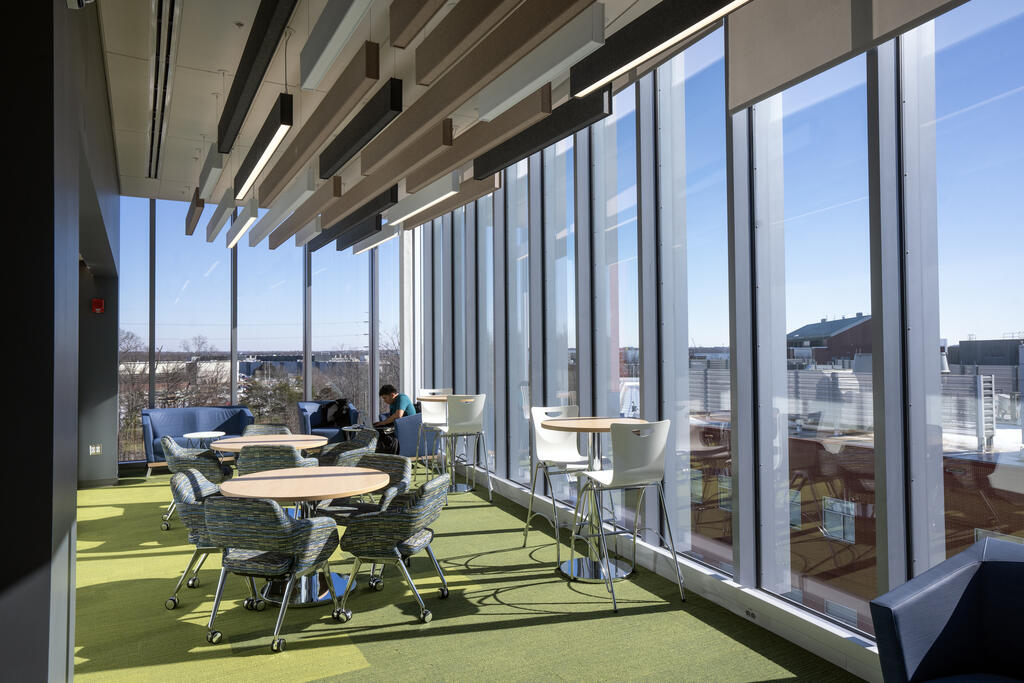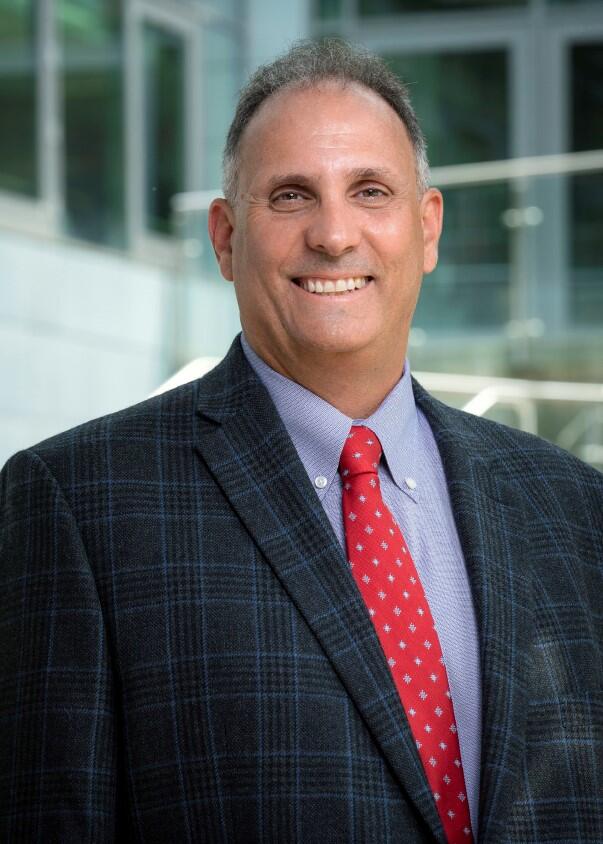Admission CTAs
Dean's Blog: The history, art, and science of water scarcity
Approximately once a month throughout the academic year, as Dean of our College of Science at George Mason University, I have the opportunity to share our science with the community through our Mason Science Series research discussions. Each discussion features Mason Science faculty presentations about their ongoing research, offering the general public an opportunity to dig deep into scientific issues.
Over the course of the last year alone, our audiences have learned about how Mason rose to the Covid-19 challenge; our efforts to understand and protect ecosystems of the Potomac and the coral reefs across Florida and the Caribbean; and even some of our research discovering super massive black holes in space. As the Q&A facilitator, I consistently come away from these sessions with a deep respect for our scientists at Mason, amazed at the impact of their work and encouraged by our audience’s engagement.
Last week, we took on the topic central to my own personal research, WATER. Yet we did so in what some might describe as a most unexpected way. Titled Science and the Arts Unite: The Drama of Water, Mason Environmental Science and Policy professor, Changwoo Ahn and I partnered with Mason College of Visual and Performing Arts Dean, Rick Davis to offer both a historical recount and discuss the current state of water as a critical resource, its availability and possible future scarcity, in the context of public health and economic impact.
Davis assumed the persona of John Wesley Powell, American geologist, hydrologist, and botanist, known for his exploration of the Grand Canyon and the upper portion of the Colorado River. Powell was the surveyor in charge when Congress officially established the Geographical and Geological Survey of the Rocky Mountains in 1870. Many credit Powell and his ideas for shaping the water supply of the western US.
Davis and a few of his performing arts students presented excerpts from his 100th Meridian Project, a dramatic recount transporting us back to America in the 1800s. The scenes highlighted farmers in the west and mid-west, as they described the impact weather and drought had on their crops and livelihood. The drama also recounted Powell’s passionate congressional testimony to recommend habitation of regions of our country based on water’s then current and projected availability. Spoiler alert, Congress rejected his proposed settlement regional classifications west of the 100th Meridian.
After the performance, Professor Ahn and I joined Dean Davis to link the historical roots of the western water crisis to how we might apply a collaborative research protocol in an ongoing process to critical hydrology issues in the contemporary world.
Ahn, who infuses ecological documentaries like his ‘The Making of the Rain Project’ into his innovative curriculum, discussed the power and emotional connection that science communications with the arts and humanities can have. This creative storytelling establishes a plot or narrative that encourages and fosters both a high level of audience understanding and empathy.
However, we also discussed how sometimes the storytelling is not enough to create the empathetical connection to the issue. Some of our audience even hinted perhaps this was missing in Congress during the scientific debates for climate change and the recent pandemic.
Throwing a series of the facts won't solve the issue. To effectively address water resource challenges, scientists also need to consider how to engage empathetically and incorporate a variety of views into their various stages of scientific inquiry, research, and learning. In addition to diverse perspectives, cross discipline collaborations also provide different disciplines of processes which can help scientists see things differently.
Zofia Burr, the current and founding Dean of Mason’s Honors College, and a member of Mason’s academic leadership team who also attended the event, asked Ahn and Davis how they came to value and incorporate these different perspectives by prompting “What are scientists not collaborating in this way missing?”
Ahn shared how the cross disciplinary lecture series he developed for several years, made him a better professor, expanding the horizons of his research and teaching methods by enhancing the communications elements of his activities. He visited the artists he invited to Mason individually, which he shared was also personally enriching as well.
Perhaps Davis summed it up best with his response, “I think artists and scientists are involved in the same work of carefully noticing observing and documenting things. The impulse is the same. I too am attracted to the way data can be systematized, verified, or discarded. When we write, compose, or dance, we too decide either to edit or what to include in our work. Scientists and artists are not that different, their work requires much inspiration.”
This is especially top of mind as we begin our commemoration of Women’s History Month, and after seeing President Biden’s first State of the Union Address where for the first time, two women sat in those positions of leadership of the legislative branch. It further highlights to me that such diverse and different approaches to science, policy, and collaboration are valued to help us identify and solve difficult challenges.
I asked the audience and ask you, given the state of science communications today, are we as a society shifting into a post truth era? And are we incorporating diverse perspectives into our scientific arena at all levels? As some continue to deny scientific findings, perhaps we too can leverage excellent performance art and science collaborations and STEM pathway programs for the underrepresented to rationally refute such non-truths while skillfully engaging a truly diverse community of hearts and minds to act.
FMW

